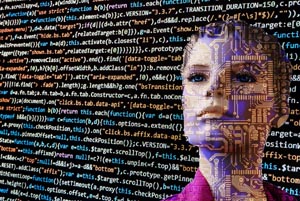Software, Tips & tricks, Windows
How to Virus Works in Systems?
Viruses, in the context of computer systems, are malicious software programs designed to infect and compromise the functionality of a computer or network. They work by exploiting vulnerabilities in a system’s security to gain unauthorized access and then replicate themselves to spread to other systems. Here’s a general overview of how computer viruses work:
- Infection: The first step for a virus is to find a way to enter a target system. This can happen through various means, such as downloading infected files or attachments, visiting compromised websites, or exploiting security vulnerabilities in software or the operating system.
- Execution: Once the virus gains access to a system, it executes its code. This could involve altering or adding code to legitimate programs or files, or running as a standalone process in the background.
- Replication: A key characteristic of viruses is their ability to replicate. They will seek out opportunities to create copies of themselves, often by attaching their code to other files or programs. This allows them to spread to other parts of the same system or to other systems if files are shared.
- Payload: Viruses often have a malicious payload, which is the actual harmful action they are designed to perform. The payload can vary widely, from damaging or deleting files to stealing sensitive information, like passwords or credit card numbers.
- Concealment: To avoid detection, viruses often employ techniques to hide their presence. They may modify system files or use encryption to make their code harder to analyze. Some viruses even employ rootkit techniques to hide from antivirus software.
- Propagation: Viruses attempt to propagate to other systems. This can happen through various means, including infected email attachments, compromised websites, or exploiting vulnerabilities in networked computers. Worms are a subtype of viruses that are particularly adept at spreading over networks.
- Activation: Some viruses are designed to activate at a specific time or under certain conditions. For example, they might be set to execute on a particular date, when a specific program is launched, or when the system is connected to the internet.
- Damage or Malicious Actions: Once the virus’s payload is triggered, it can cause significant harm to the infected system or network. This might include data corruption, system instability, unauthorized access, or the theft of sensitive information.
- Evasion: To avoid detection and removal, viruses can employ evasion techniques. This includes self-modifying code, polymorphic code that changes its appearance with each infection, and the use of rootkits to hide their presence.
- Countermeasures and Removal: Detecting and removing viruses is an ongoing battle. Antivirus software and security patches are common countermeasures. When a virus is detected, it can be removed by isolating and deleting infected files, or by using antivirus software to clean the system.
It’s important to note that computer viruses are illegal and unethical. They can cause significant harm to individuals and organizations, including financial losses and the compromise of sensitive data. Protecting your computer systems with up-to-date security software, regular software updates, and safe online practices is essential to minimize the risk of virus infections.

